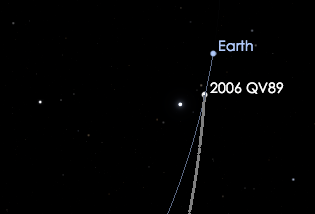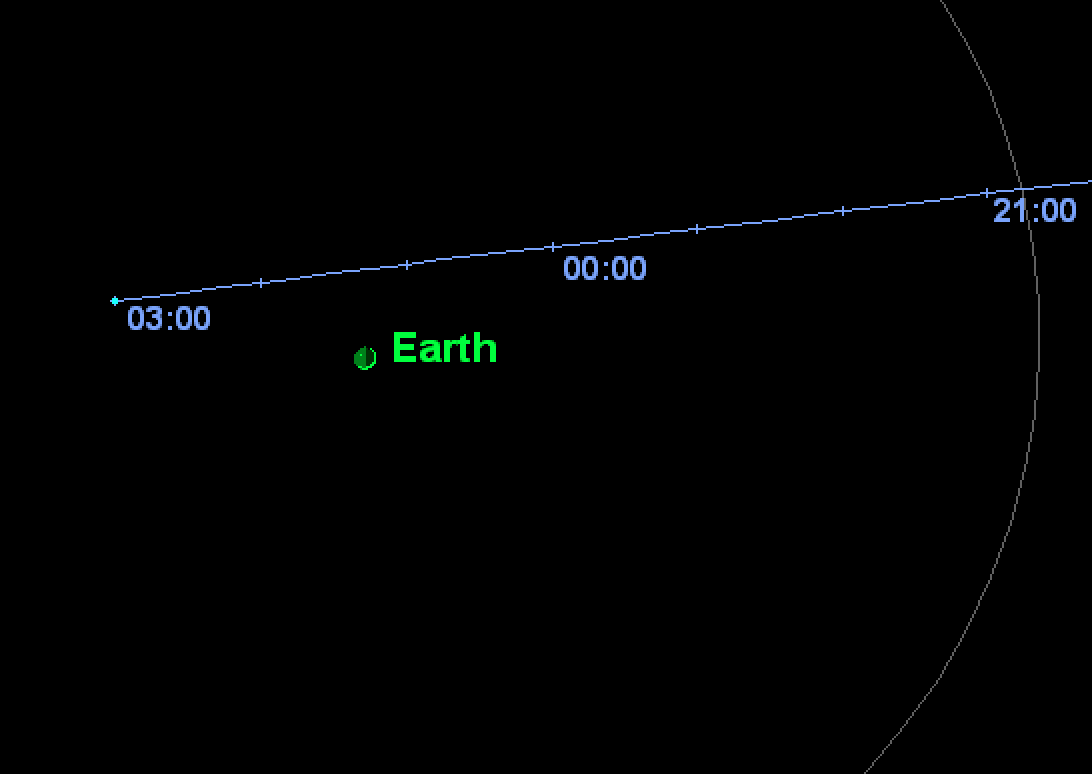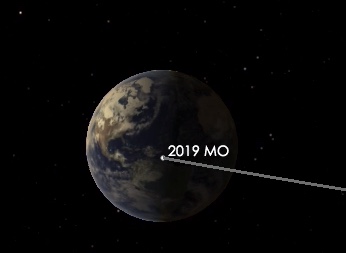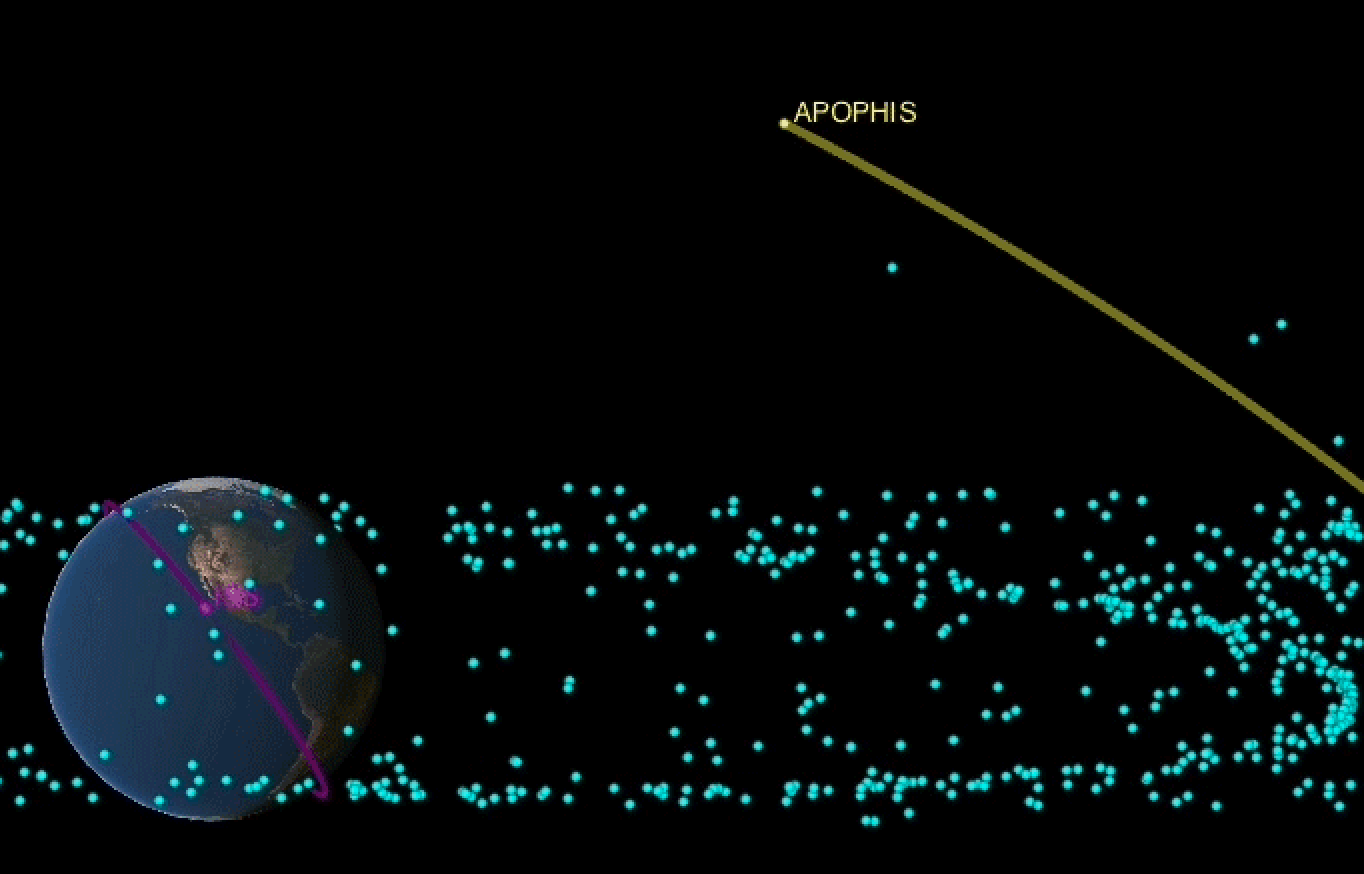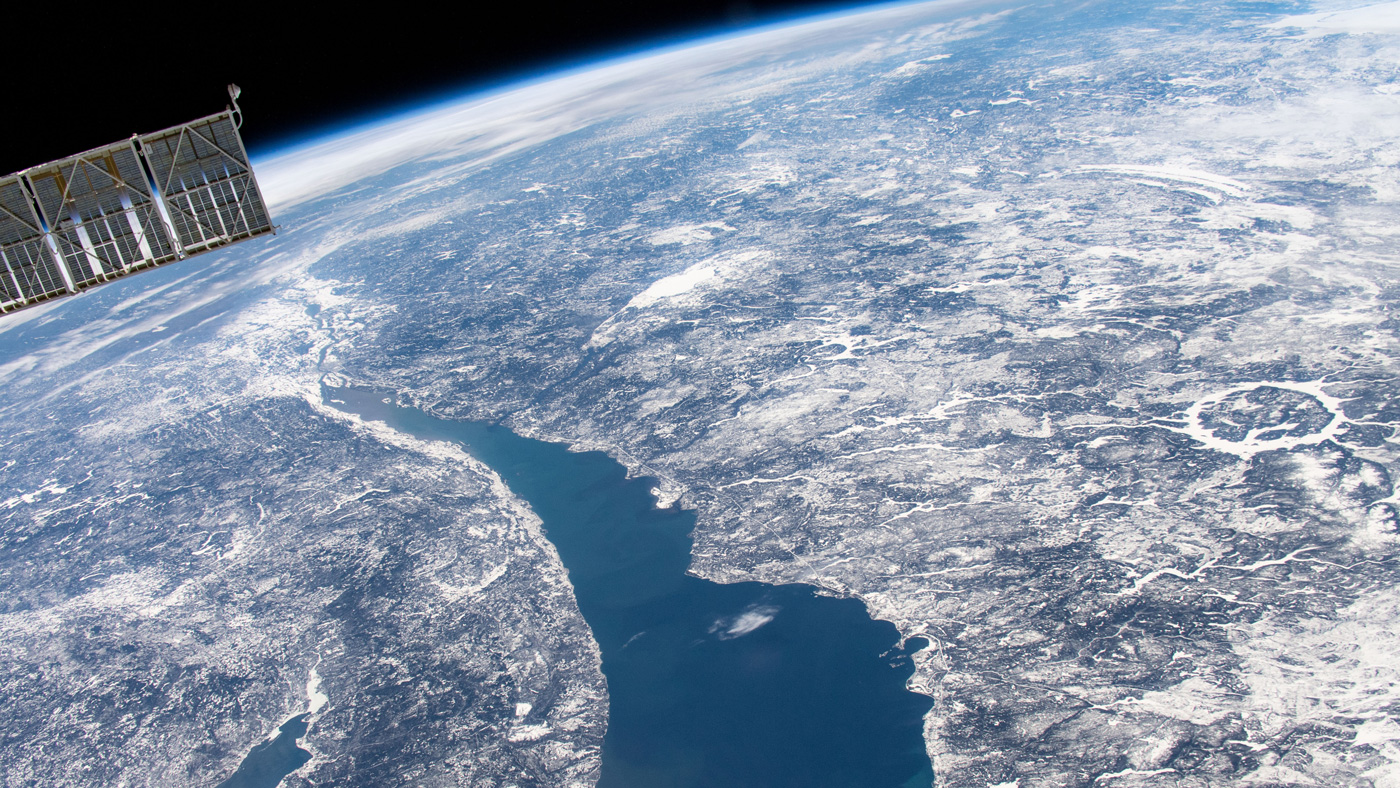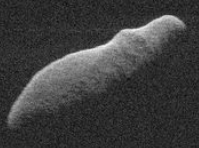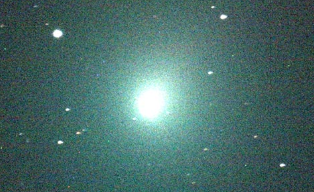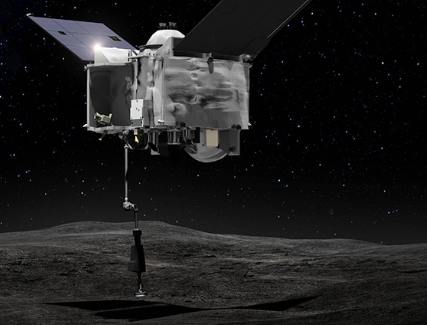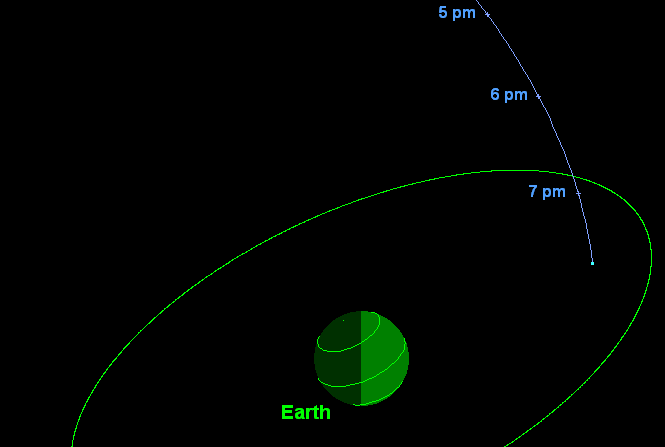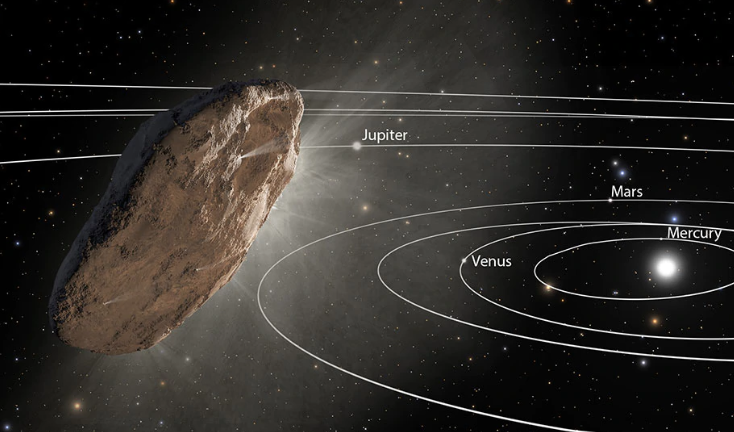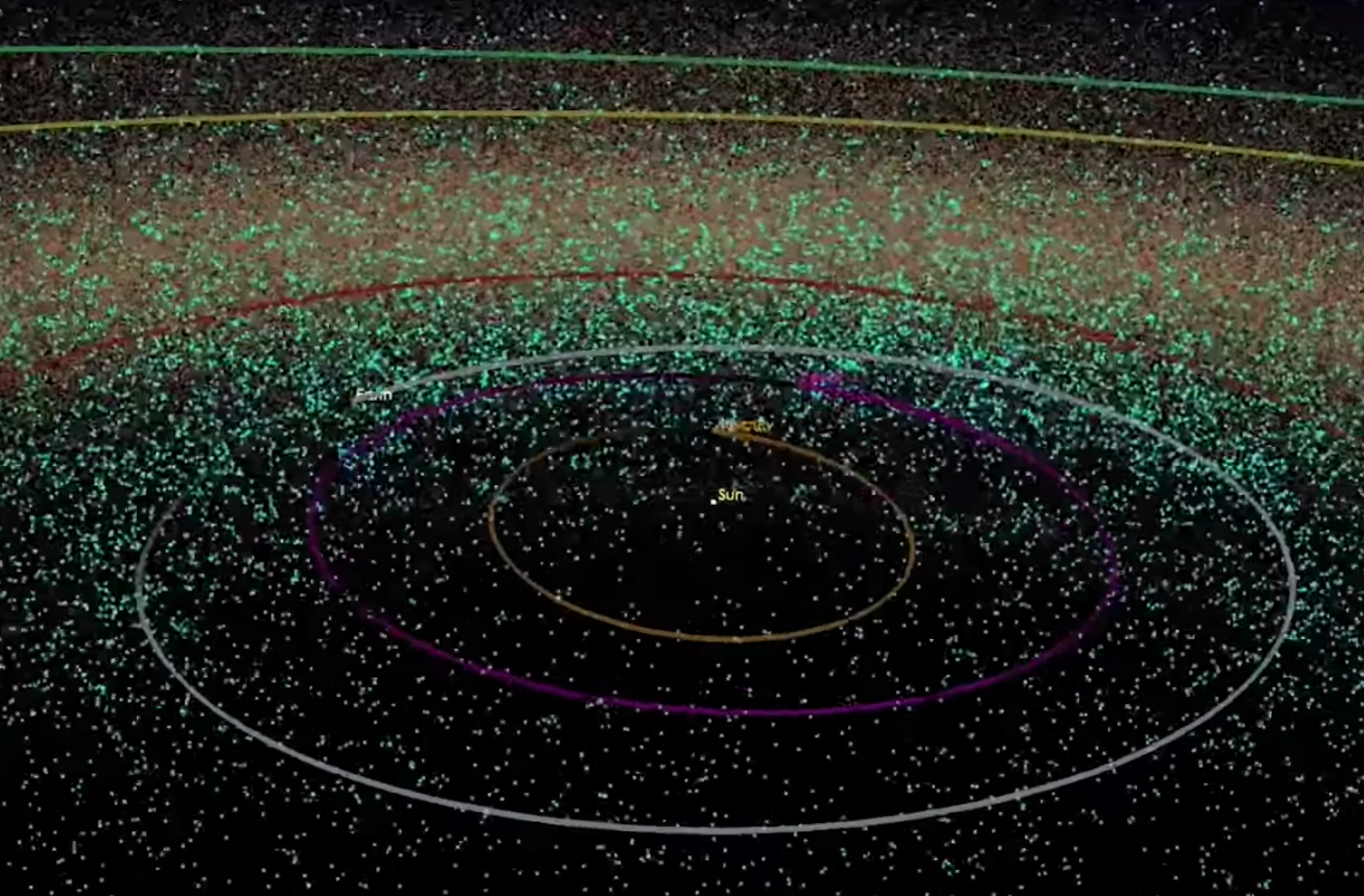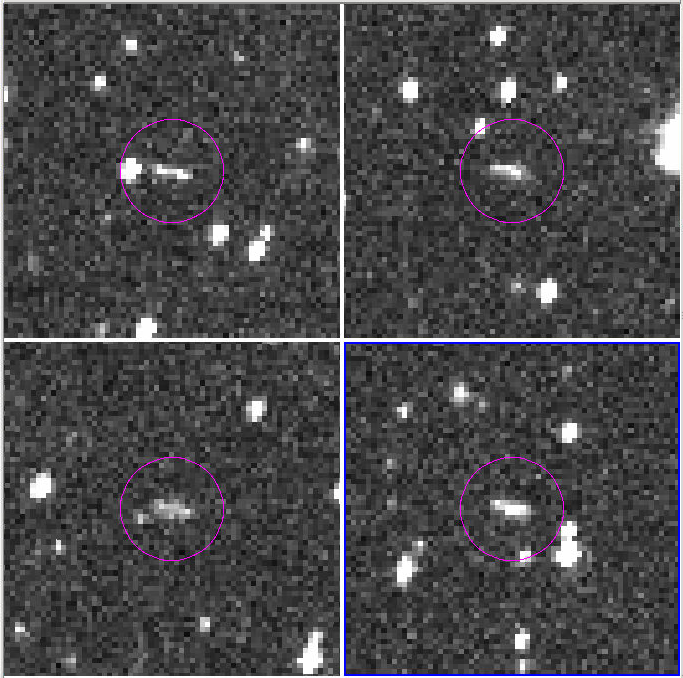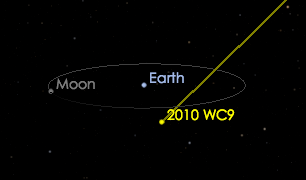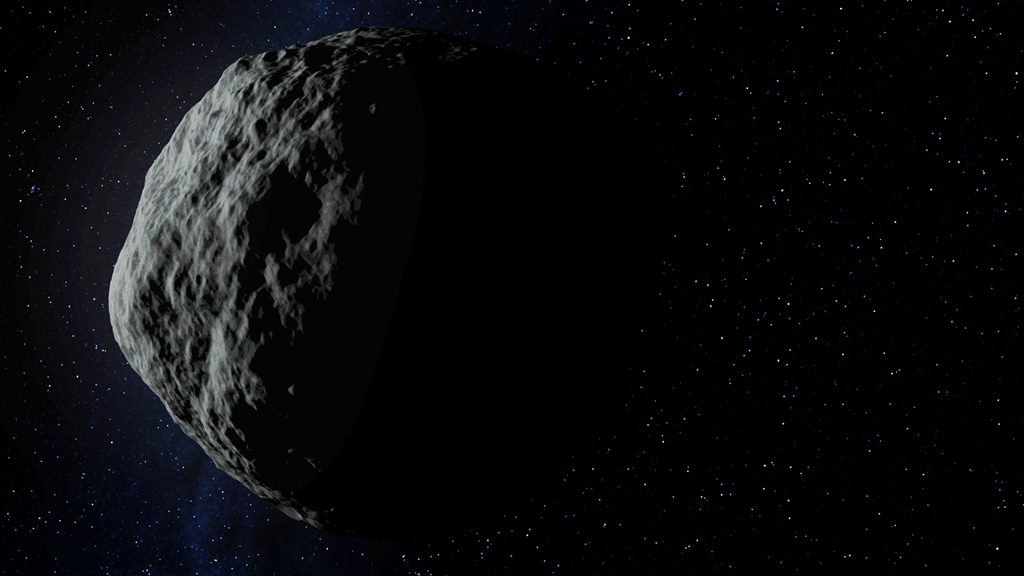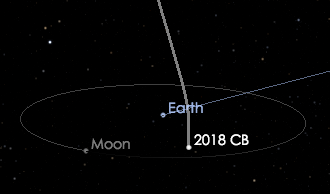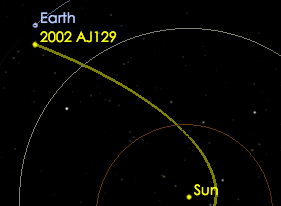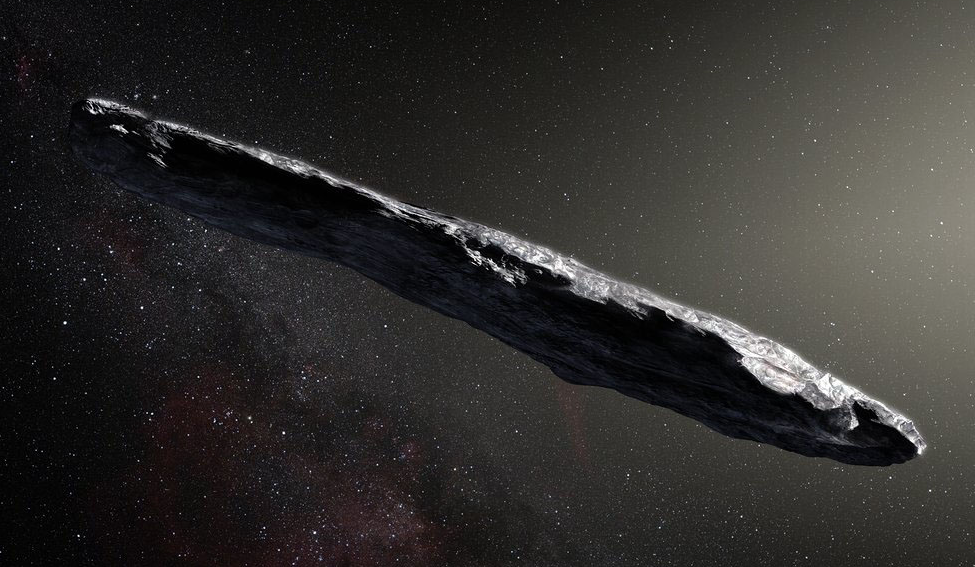Small Asteroid of Concern will Safely Pass Next Month
Small Asteroid of Concern will Safely Pass Next Month The Center for Near-Earth Object Studies (CNEOS) has determined with new analysis by its Sentry impact monitoring system that a small asteroid whose uncertain position was of concern will pass by Earth at a very safe distance in September. The new analysis of the asteroid, called 2006 QV89, was made possible by key telescopic observations made in early July, and then again the weekend of August 10-11, by Dr. Dave Tholen of the University of Hawaii’s Institute for Astronomy. NASA CNEOS Go to SourceRead More →
